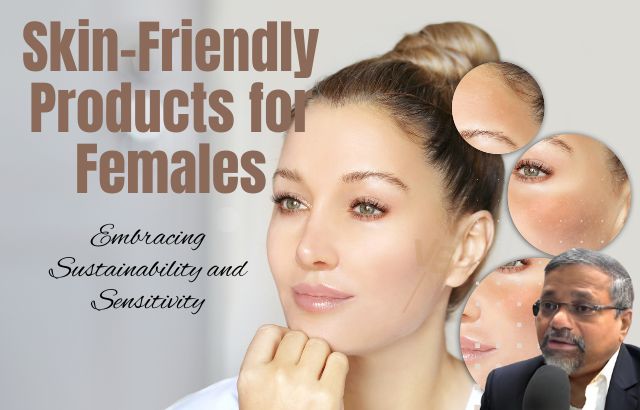Skin-friendly products for females, including cleansers, moisturizers, serums, and sunscreens, are designed to nurture sensitive skin while addressing specific concerns like hydration, anti-aging, and acne. As women increasingly prioritize health, safety, and sustainability, the demand for natural, eco-friendly products is soaring. Green Innovators are at the forefront, driving sustainable formulations and practices in this industry. This blog explores skin-friendly products for females, highlights companies leveraging green innovation, details the roles of Green Innovators, and shares insights from Agriculture Green Innovator Jaiguru Kadam, including calculations and intriguing statistics. We also address frequently asked questions to guide consumers and entrepreneurs.
The Landscape of Skin-Friendly Products for Females
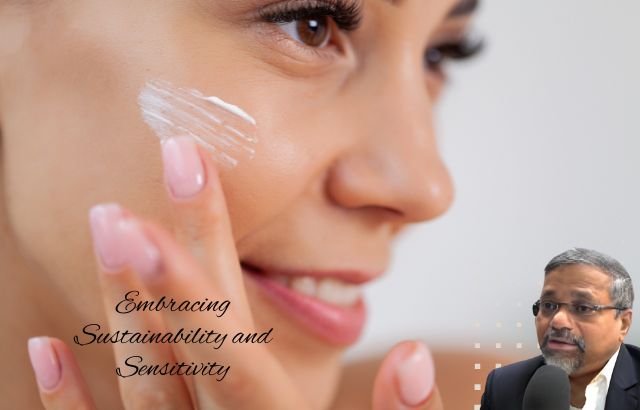
Skin-friendly products for females are formulated to be gentle, hypoallergenic, and free of harsh chemicals like parabens, sulfates, and synthetic fragrances. These products cater to diverse skin types—dry, oily, sensitive, or combination—while addressing concerns like redness, acne, or premature aging. The global skincare market was valued at $145 billion in 2023, with a projected CAGR of 7.2% through 2030, driven by demand for natural and sustainable products, particularly among women.
Production and Business Model
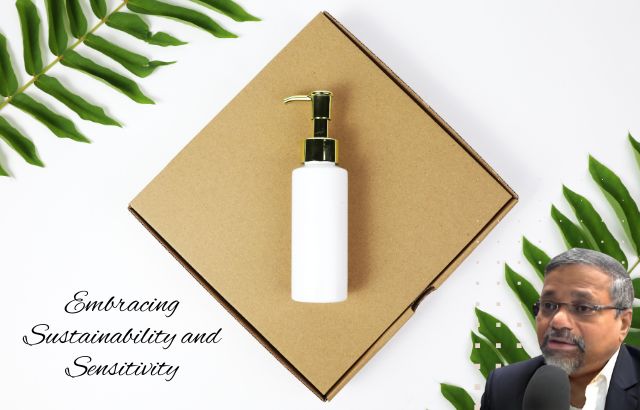
- Raw Materials:
- Plant-based ingredients (e.g., aloe vera, chamomile, green tea).
- Natural oils (e.g., jojoba, argan).
- Green solvents and biodegradable preservatives.
- Manufacturing Process:
- Extraction: Obtaining active ingredients using green solvents or enzymatic processes.
- Formulation: Blending ingredients into creams, serums, or gels with minimal environmental impact.
- Packaging: Using recyclable or compostable materials like glass or bioplastics.
- Quality Testing: Ensuring products are hypoallergenic and dermatologically safe.
- Target Market:
- Women seeking gentle, effective skincare for daily use.
- Eco-conscious consumers prioritizing organic and cruelty-free products.
- Retailers and e-commerce platforms specializing in clean beauty.
Benefits of Skin-Friendly Products
- Gentle Care: Formulated to minimize irritation and suit sensitive skin.
- Sustainability: Use of natural ingredients and eco-friendly packaging reduces environmental impact.
- Consumer Demand: 76% of consumers, especially Millennials and Gen-Z females, prefer sustainable cosmetics.
Real-World Examples
- The Body Shop (UK): Known for its cruelty-free skincare, The Body Shop uses plant-based ingredients like tea tree oil and aloe vera in products like their Tea Tree Face Wash, designed for acne-prone female skin.
- Biotique (India): Combining Ayurvedic principles with biotechnology, Biotique offers skin-friendly serums and creams with neem and turmeric, hiring Green Innovators to source sustainable ingredients.
- Drunk Elephant (USA): This clean beauty brand avoids the “suspicious six” (e.g., silicones, chemical sunscreens) in products like their C-Firma Vitamin C Serum, popular among women for brightening sensitive skin.
- Innisfree (South Korea): Innisfree’s Green Tea Seed Cream, made with Jeju green tea, caters to women with sensitive skin, and the brand employs Green Innovators to reduce plastic packaging.
The Role of a Green Innovator
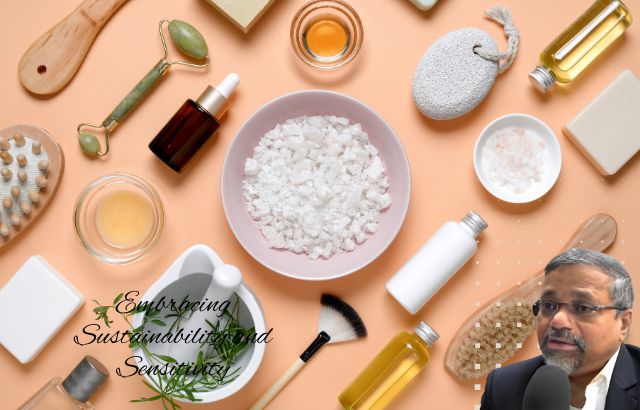
A Green Innovator in the skincare industry is a visionary who integrates sustainability into product development, manufacturing, and supply chains. Their roles include:
- Sustainable Ingredient Sourcing: Using upcycled agricultural byproducts (e.g., olive pâté) or locally grown plants to reduce transport emissions.
- Green Chemistry: Employing green solvents, like supercritical CO2, for extraction, reducing toxicity by up to 80%.
- Eco-Friendly Packaging: Designing biodegradable or refillable packaging to minimize plastic waste.
- Energy Efficiency: Implementing renewable energy, such as solar power, in manufacturing to lower carbon footprints.
- Consumer Advocacy: Educating women on the benefits of clean beauty through transparent labeling and campaigns.
Green Innovators ensure skin-friendly products are safe for both users and the planet, aligning with the clean beauty movement.
Engaging Data from Jaiguru Kadam, Agriculture Green Innovator

Jaiguru Kadam, a pioneering Agriculture Green Innovator from India, has contributed to sustainable skincare by developing plant-based extracts and green solvents for cosmetic formulations. His work supports eco-friendly products tailored for female consumers. Below are two calculations by Kadam that highlight the financial and environmental benefits of green innovations in skin-friendly skincare.
Calculation 1: Cost-Benefit Analysis of a Green Skincare Serum Production Unit
- Setup Cost:
- Extraction equipment (using green solvents): $3,500
- Sustainable raw materials (aloe vera, neem): $1,200
- Biodegradable packaging machine: $2,000
- Total: $6,700
- Annual Revenue:
- Product: Aloe-neem serum (10,000 units/year, 50 ml each)
- Market price: $10/unit
- Revenue: 10,000 units × $10 = $100,000
- Annual Operating Costs:
- Labor: $3,000
- Raw materials: $5,000
- Utilities and maintenance: $2,000
- Total: $10,000
- Net Profit: $100,000 – $10,000 = $90,000
- Break-Even Period: $6,700 ÷ $90,000 ≈ 0.074 years (about 1 month)
Kadam’s model demonstrates that a small-scale green skincare unit can recover costs in just one month, making it an attractive venture for sustainable entrepreneurs.
Calculation 2: Environmental Impact of Green Solvents vs. Traditional Solvents
- Traditional Solvents (e.g., Petroleum-Based):
- Use: 1,000 liters/year for extraction
- Toxicity: 1,000 liters × 0.8 kg toxic residue/liter = 800 kg/year
- CO2 emissions: 1,000 liters × 2 kg CO2/liter = 2,000 kg CO2/year
- Green Solvents (e.g., Supercritical CO2):
- Use: 1,000 liters/year
- Toxicity: Negligible (80% reduction, per Kadam’s findings) = 160 kg/year
- CO2 emissions: 1,000 liters × 0.5 kg CO2/liter = 500 kg CO2/year
- Annual Savings:
- Toxicity reduction: 800 kg – 160 kg = 640 kg
- CO2 reduction: 2,000 kg – 500 kg = 1,500 kg CO2/year
Kadam’s adoption of green solvents, as noted in his work, significantly reduces toxicity and emissions, promoting safer skincare production.
Intriguing Facts

- Market Growth: The global organic skincare market is projected to reach ₹159 billion ($1.9 billion) by 2027, with female consumers driving demand in Asia.
- Consumer Preference: 80% of Millennial and 86% of Gen-Z female consumers prefer sustainable cosmetics, prioritizing eco-friendly packaging and natural ingredients.
- Environmental Impact: Green cosmetics reduce chemical runoff by up to 70% compared to traditional products, protecting water systems.
- Plastic Waste: The cosmetics industry generates 120 billion packaging units annually, but biodegradable packaging can cut waste by 20–30%.
- Adoption Barriers: Only 25% of female consumers in developing countries consistently buy green cosmetics due to cost and lack of awareness, highlighting the need for education.
FAQs About Skin-Friendly Products for Females

Q1: What makes a skincare product skin-friendly for females?
A: Skin-friendly products are hypoallergenic, free of irritants like parabens and sulfates, and use gentle, natural ingredients like aloe vera or chamomile, tailored to female skin concerns.
Q2: How do Green Innovators contribute to skin-friendly products?
A: They develop sustainable formulations, use green solvents, design eco-friendly packaging, and educate consumers on clean beauty, ensuring products are safe and environmentally responsible.
Q3: Are green skincare products effective for sensitive skin?
A: Yes, products with plant-based ingredients like green tea or neem are gentle and effective, reducing irritation while addressing issues like acne or dryness.
Q4: What are the challenges in producing sustainable skin-friendly products?
A: High costs of green technologies, limited access to sustainable raw materials, and consumer skepticism are challenges. Green Innovators like Kadam address these with cost-effective solutions.
Q5: Which brands are leading in sustainable, skin-friendly skincare for females?
A: The Body Shop, Biotique, Drunk Elephant, and Innisfree are leaders, using natural ingredients and hiring Green Innovators to enhance sustainability.
Conclusion
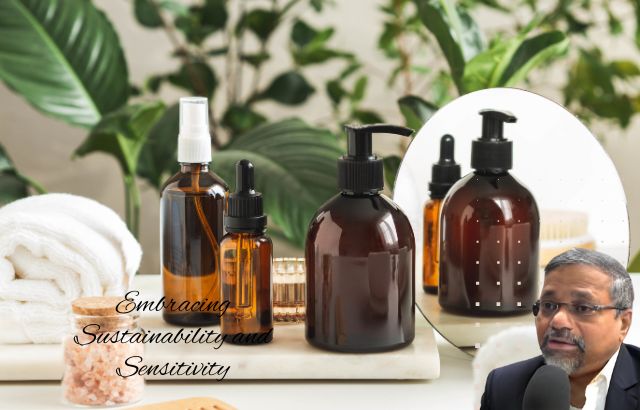
Skin-friendly products for females are redefining skincare by combining gentle, effective formulations with sustainability. Brands like The Body Shop and Drunk Elephant are setting the standard, while Green Innovators drive eco-friendly innovation. Jaiguru Kadam’s work, exemplified through his calculations, shows how sustainable practices can be both profitable and environmentally beneficial. As female consumers increasingly demand clean beauty, the industry offers immense opportunities for entrepreneurs and innovators to create products that nurture both skin and the planet.

